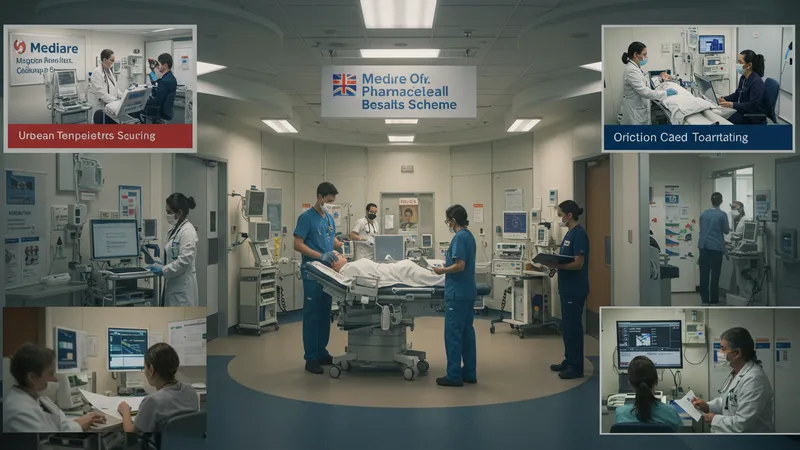
Understanding Cancer Treatments
Access, Cost, and Support for Cancer Treatments in Australia
Accessing cancer treatment in Australia is facilitated by an integrated public health system, supported by Medicare and additional programs like the Pharmaceutical Benefits Scheme. Most Australians receive their cancer therapies at no direct cost in public hospitals, although some newer targeted and immunotherapy drugs may be available only through private providers or clinical trials. Out-of-pocket expenses can still arise, depending on private insurance coverage and the type of treatment selected.

In recent years, government agencies have made concerted efforts to improve equity in cancer care. For patients living in regional or remote parts of Australia, travel subsidies and outreach programs are designed to ensure access to state-of-the-art therapies. Telehealth consultations further bridge the gap, helping patients maintain contact with specialist teams without lengthy travel.
Support services offered by organisations like Cancer Council Australia and local hospital support groups provide information, transportation, emotional counselling, and financial guidance. These resources help patients and their families navigate the treatment journey, addressing challenges from appointment scheduling to managing time off work.
The Australian Institute of Health and Welfare regularly publishes statistics on treatment access and outcomes, tracking trends over time. Continued investment in these supports has led to improved survival rates and a higher proportion of Australians accessing multidisciplinary cancer care, reflecting the country’s commitment to comprehensive cancer treatment strategies.